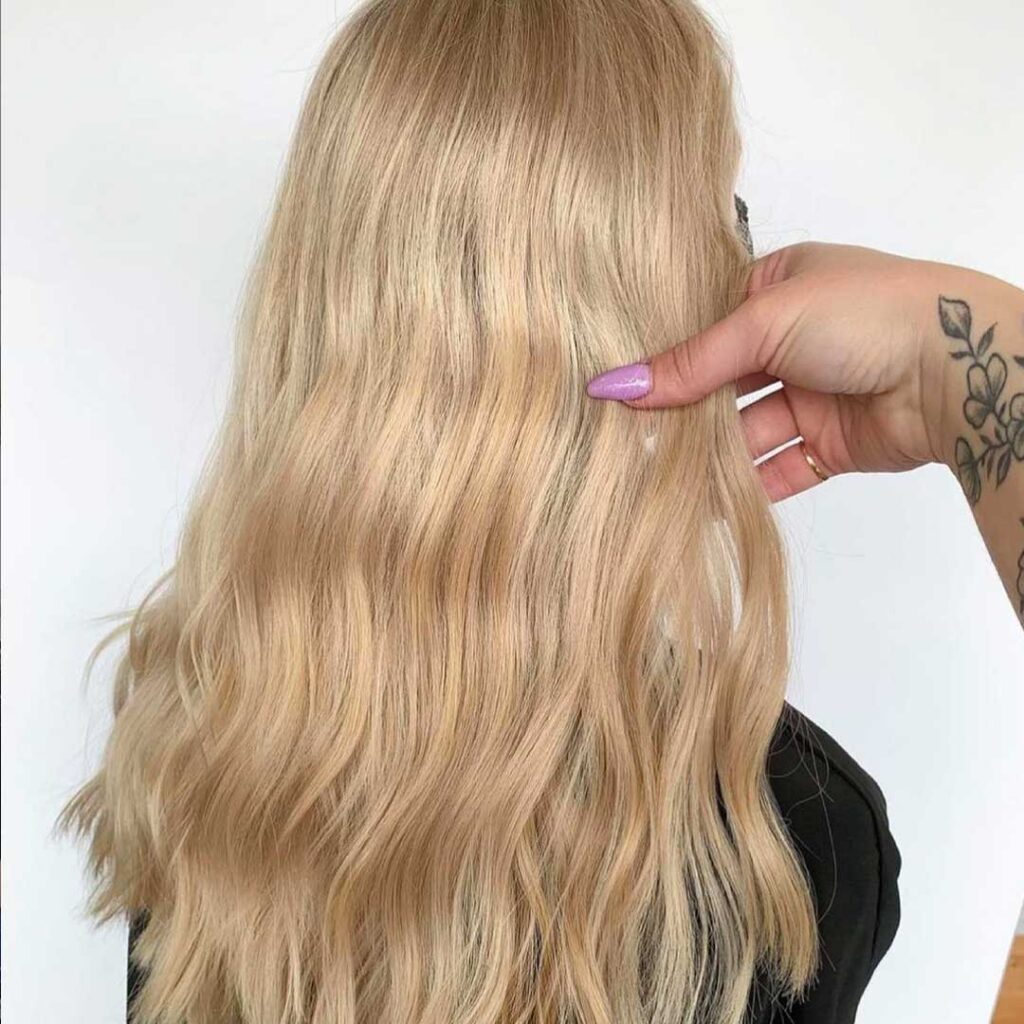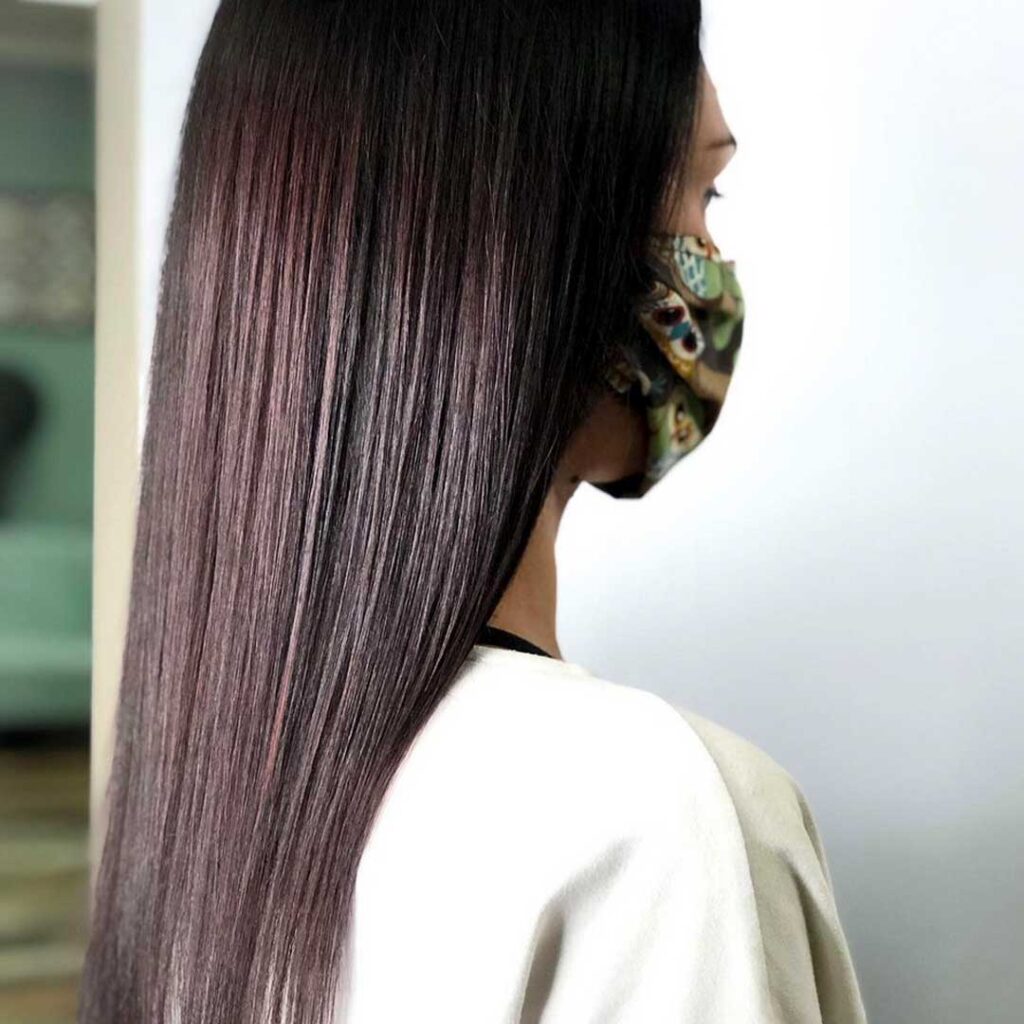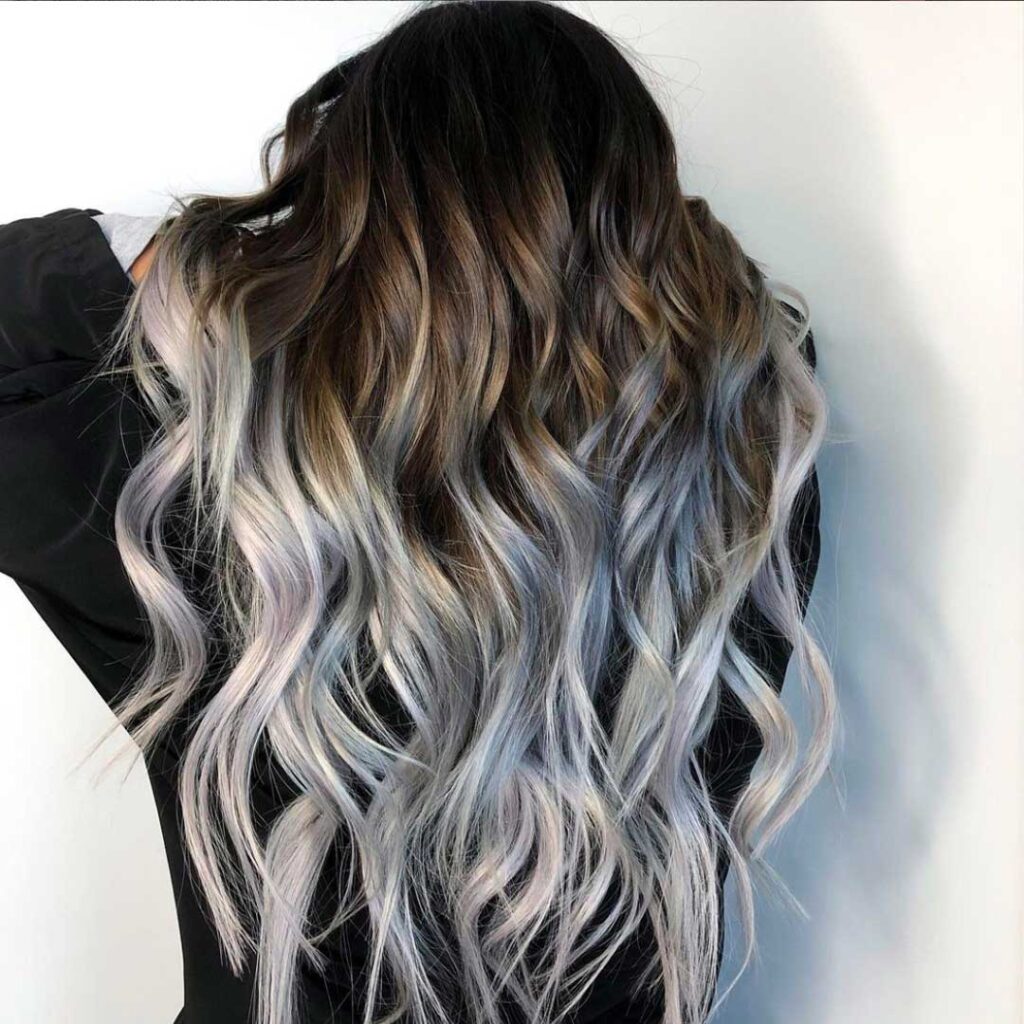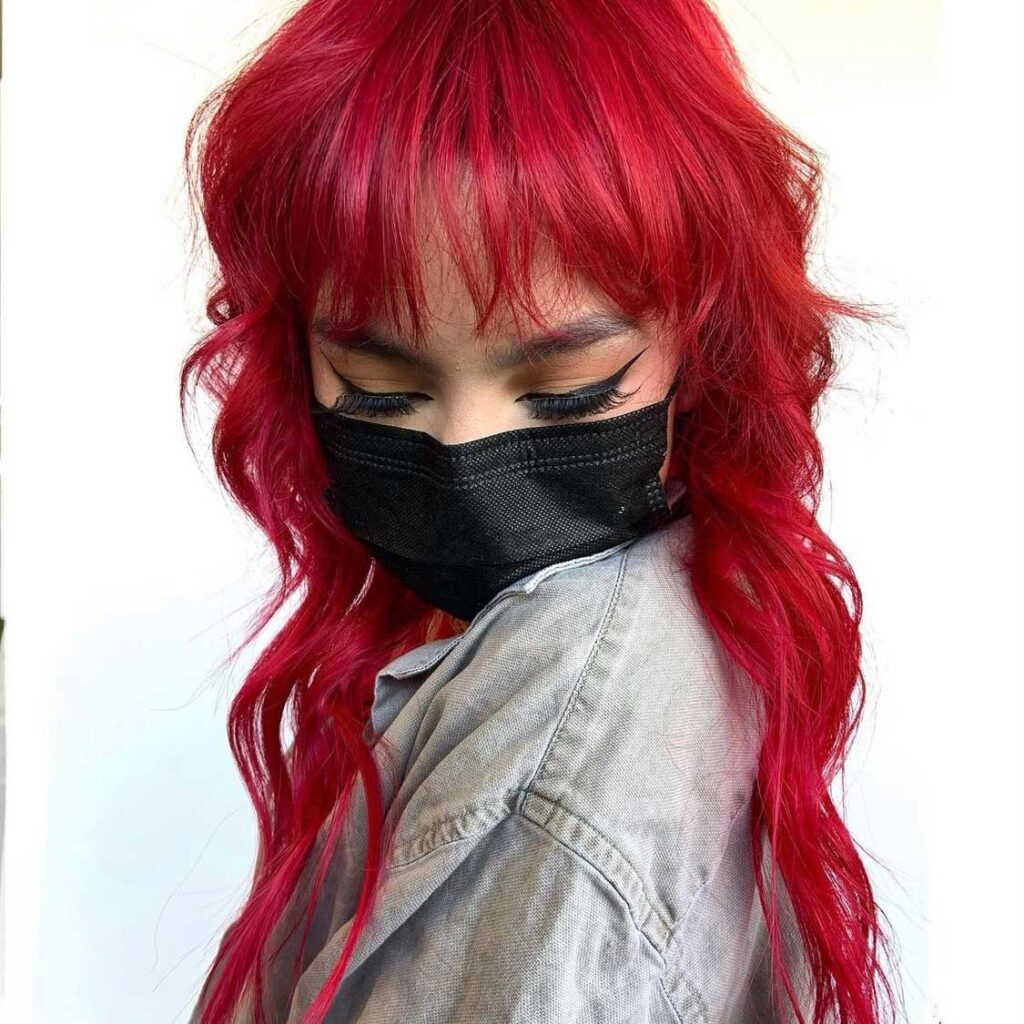SO YOU’VE GONE LIGHTER

In this process a decolorizer or lightener has been applied to your hair to break down or remove colour pigment. The current level of your hair (lightness or darkness) determines the undertone exposed at each level throughout the lightening process. The highest concentration of pigment lives at darker hair colours (levels). Darker hair colours expose undertones of Red and Orange, while lighter tones are composed of both dark or pale yellow (also known as warm colours). Both the depth and tone of the hair colour determines how hair will both absorb and reflect light. Dark hair or colour that reflects blue or violet (referred to as cool colors) absorbs light and can appear darker, where lighter or warmer colours reflect light therefore can appear lighter. Thicker hair strands contain more cuticle layers making the break down of pigment more difficult but more resilient to the process. Where finer hair types may lighten quicker but are less able to withstand the process. All of which is considered in your consultation.
Hair is comprised of keratin protein (70-80%) which is responsible for hair stability and strength. During a colour service 10-15% of these bonds are being broken. During a lightening service you can expect to break 15-25% of these bonds. Bonds can only be repaired through chemical treatment and will not repair themselves naturally. Hair fibre can only be pushed so far in one colour service. The most you can expect to lighten in one sitting is a maximum of 4 levels before the hair either becomes too weak or a second application is required. If your cuticle is weak, colour may have a hard time staying in the hair, or we may have a hard time getting colour out of your hair. It is important to do both pre-treatments and after treatments to restore the bonds that are broken throughout the process.




